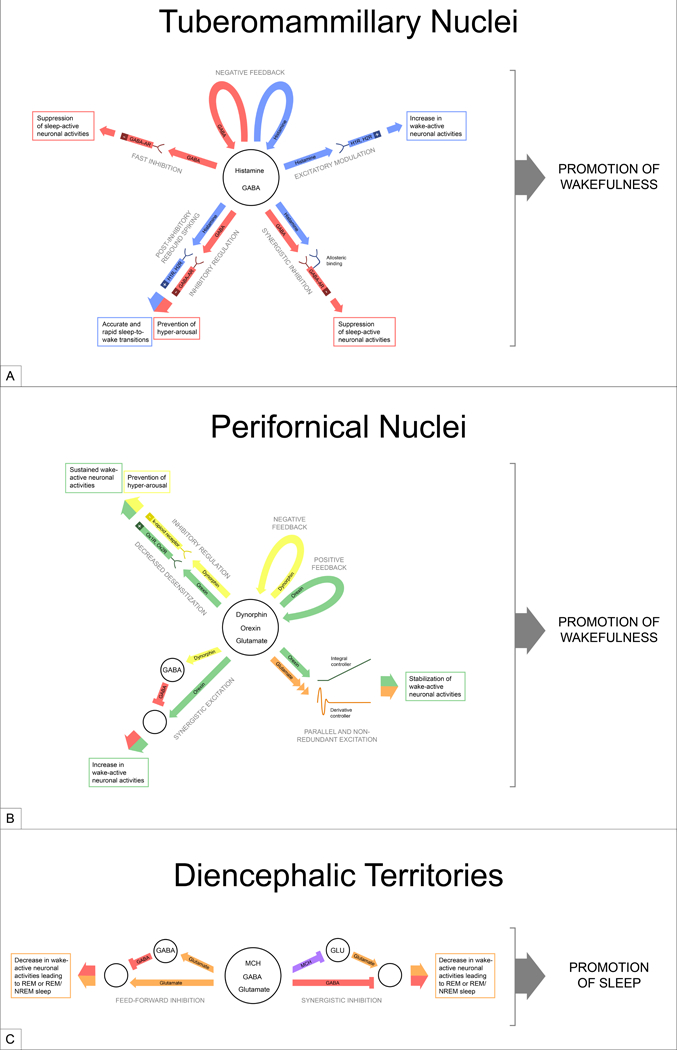Figure 1. Possible mechanisms governing sleep and wakefulness via co-transmission.

(a) While TMN neurons are mainly known as histaminergic, they also synthesize and release GABA, which may segregate into different presynaptic terminals than histamine and act independently on distinct postsynaptic neurons. GABA may also work in opposition or synergy with histamine when released. (b) In addition to orexin, PFN neurons release inhibitory neuropeptides, dynorphin, and the fast-neurotransmitter, glutamate. The interaction between these neurotransmitters may allow PFN neurons to promote optimal wakefulness. (c) MCH neurons produce many neurotransmitters, including GABA and glutamate. Although postsynaptic responses to fast-neurotransmitters are readily observable by photo-stimulation, this may not be the case for MCH and other co-neuropeptides. In all the three hypothalamic neuron populations (a-c), the common motif is that the neurons synthesize “opposing” neurotransmitters can modulate postsynaptic neurons bi-directionally. In small neuron populations, this may allow target-specific neuronal influence and flexibility to regulate sleep and wakefulness. This diagram depicts only a few possible mechanisms. Abbreviations: H1R, H2R: histamine receptor-1, histamine-receptor-2; GABA-AR: GABA-A receptor; Ox1R, Ox2R: orexin-1 receptor, orexin-2 receptor; MCH: melanin-concentrating hormone; GLU: glutamate
